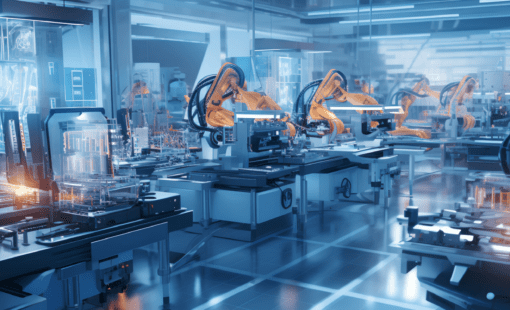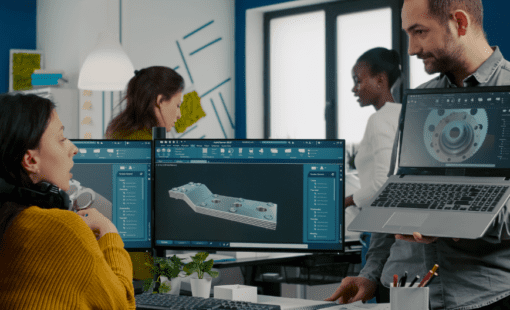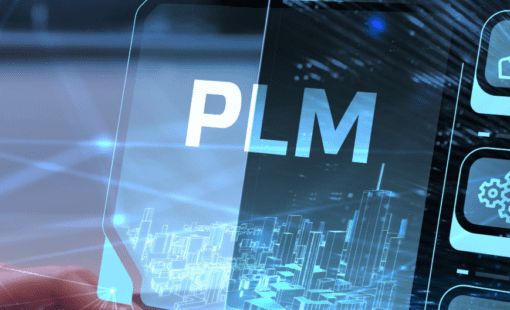
- Blog
What makes a winning Formula 1 car? Not brute force, but systems thinking. Find out how modern teams use MBSE to strike the right balance between aerodynamics, power, weight and heat, and transform complexity into faster lap times.

- Blog
Explore the shift to Model-Based Development in mechatronic systems, enhancing efficiency and collaboration beyond traditional documentation.

- Blog
MBSE has the power to design groundbreaking innovations, from spaceships to state-of-the-art electric vehicles. Its potential is transformative—but if it’s so revolutionary, why hasn’t it become the standard tool for every engineer? Dive into our latest blog post to explore the promise, the challenges, and the future of Model-Based Systems Engineering.

- Blog
Explore Zuken’s commitment to transforming manufacturing through digital innovation, AI-driven solutions, and sustainability for future-ready industries.

- Blog
SysML (Systems Modeling Language) plays a critical role in MBSE by enabling the creation of unified models that support the entire lifecycle of a system. Zuken's MBSE software GENESYS supports and extends SysML with additional features and natural language support.

- Blog
When the concept of Industry 4.0 and digital transformation was first introduced in 2011, it quickly attracted global interest, but also raised many questions. More than a decade later, this vision is still on its way to full realization. So where do we stand now?

- Blog
Almost every technical product we use today is the result of a collaboration between different design disciplines: Mechanics, electronics, and software work together to fulfill the product's functions. Yet, true innovation goes beyond mere data integration - it thrives on the possibilities of product models and MBSE. Dive into our blog to discover how.

- Blog
Product Lifecycle Management (PLM) and Model-Based Systems Engineering (MBSE) are two separate approaches, but they can work together to improve the product development process. Learn how on our blog,

- Blog
In an age of climate change and resource scarcity, the call for sustainability is growing louder. Read the new blog to find out how to achieve quick wins in sustainable product development and how MBSE can help you not only meet consumer expectations, but also ensure long-term business success.

- Blog
Explore the transformative power of MBSE in product development. Learn how it can help to streamline processes, enhance collaboration across the value chain, and future-proof your product portfolio. Dive into the world of MBSE!

- Blog
Faster processes do not automatically guarantee better results. The strategic use of MBSE methods and tools is an effective means of optimising efficiency in product development.

- Blog
The challenges of the lead-to-order process in the machinery industry require close interdisciplinary collaboration. Speed is important, but should not compromise accuracy.

- Blog
Customized products are essential for success in the machinery industry - but often trigger a high level of product variance and slow lead-to-order processes. Model-based product architectures help to get these challenges under control.

- Blog
Managing complex requirements is a major challenge in discrete manufacturing, made even more challenging by the increase in electromechanical components in modern products.

- Blog
Electrical and electronic engineering and design data represent a valuable investment that should be used and reused as often as possible, for reasons of cost and productivity. For this purpose, Zuken offers a comprehensive portfolio of data migration tools and services, which have just been used to successfully convert 18,000 projects from Windmüller & Hölscher's legacy data to the latest Zuken technology in a 24-hour batch process with up to 10 processes running in parallel.

- Blog
Up to four-fifths of a product's lifetime emissions are determined by decisions made at the design stage. Having all the tools needed to get those decisions right is essential for designing sustainable products .